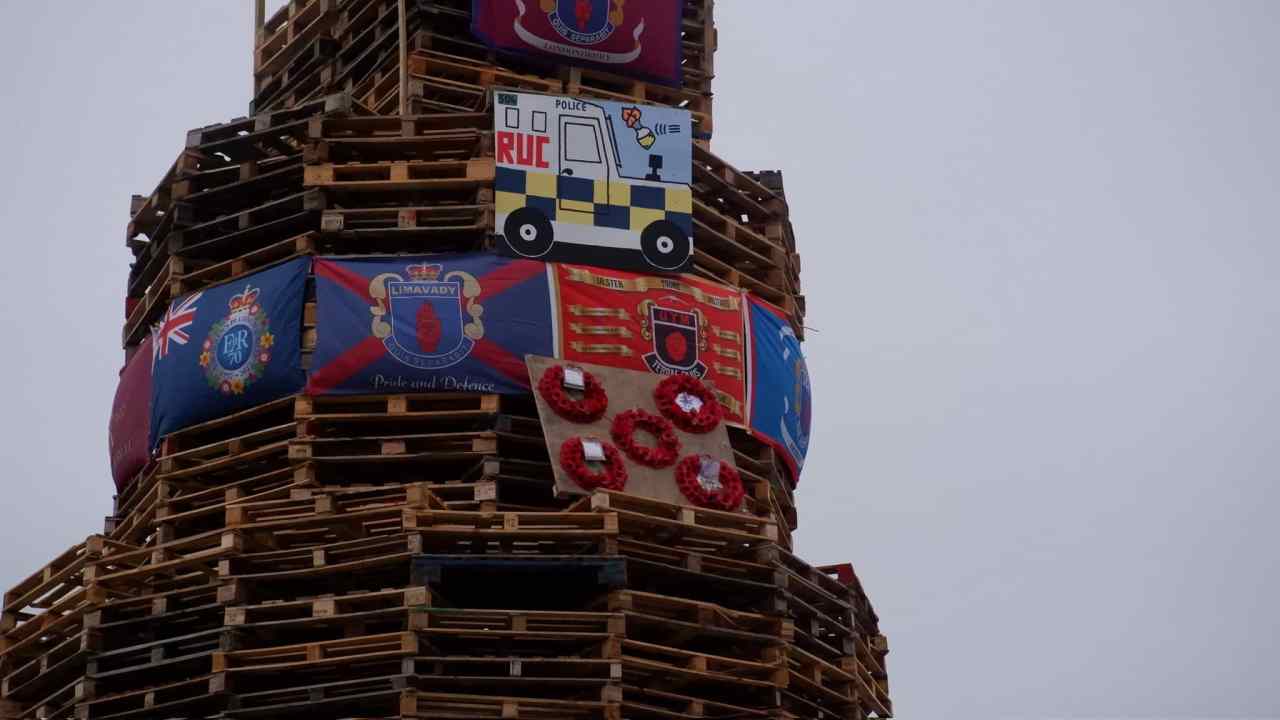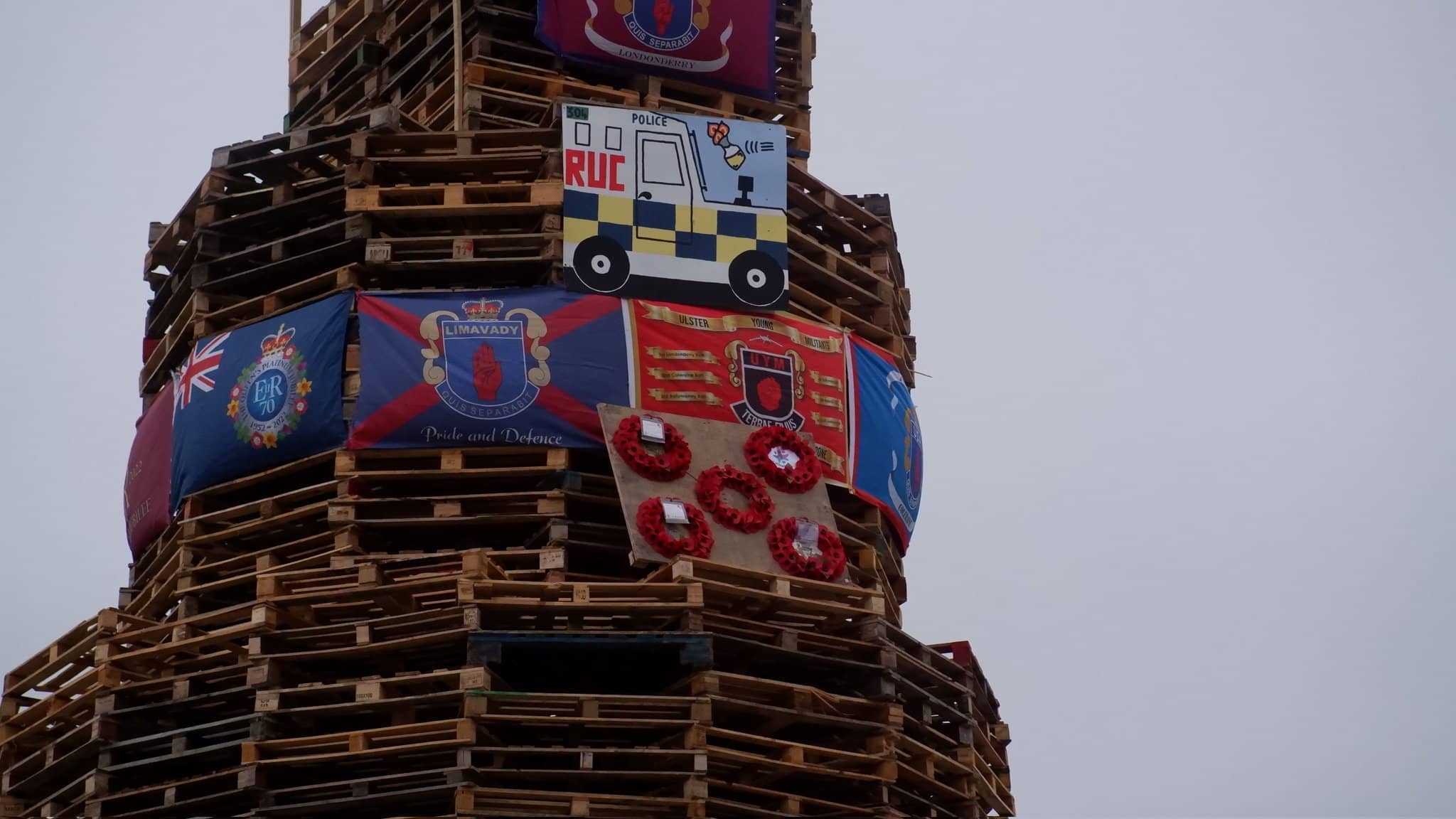Nearly 25 years after the Good Friday Agreement, the embers of sectarianism in Northern Ireland are still glowing bright.
This week thousands of young nationalists at a west Belfast community and music festival ended the night by chanting pro-IRA slogans. They were seemingly oblivious to the fact that the IRA murdered more Roman Catholics in the Troubles than any other combatants.
The spectacle of kids, born after the guns went silent, gleefully venerating terrorists who brought such pain and suffering to the whole community was depressing enough. But it gets worse. The West Belfast based Féile (festival), where the chanting took place, is publicly funded by Belfast City Council, the Arts Council of Northern Ireland and NI tourism board. And this offensive chanting has taken place at the festival for several years. Only now, after persistent questioning by the BBC’s Nolan Show (also responsible for revealing the moral corruption of Stonewall), have some of these bodies grudgingly accepted they need to review their financial and corporate endorsement of the event.
For too long institutional timidity and political chicanery has given Sinn Fein’s ‘Green’ sectarianism a free pass. In this environment, republicans have adopted a moral superiority that is pure, unimpeachable and unquestionable. The party’s propagandists have been successful in framing unionists as the sole culprits of sectarianism – quite an achievement for the former political mouthpiece of terrorists who painted the province with the blood of their neighbours for 30 years.
So when a rap group named after the IRA’s favourite community control tactic, ‘Kneecap’, unveiled a mural this week in west Belfast of a burning police Land Rover, it was instantly defended by many republicans not as a repulsive celebration of violence against the Irish men and women in uniform inside it but rather as ‘culture’. Kneecap later performed at the Féile.
In any other part of the UK, this offensive street art would arguably be considered a hate crime. But in Northern Ireland, the burgeoning and mostly publicly funded ‘Human Rights’ industry of groupthink bureaucrats and academics has been conspicuously silent. To cap it all, this weekend Union Flags, pictures of the Queen and poppy wreaths stolen from a war memorial were burned at a republican bonfire. Finally this hate pyre stirred some cross community condemnation.
The truth is that sectarianism in Northern Ireland is an equal opportunities employer. Both of the main traditions harbour it, practise it and curate it to this day. And the problem is gradually getting worse. Some commentators say that the latest collapse of the complex power sharing executive government is a pretext for the upsurge in communal hatred. This is wishful thinking. The visceral enmity that animated Northern Ireland’s conflict was simply walled in like a badly bricked up mine. It has never been confronted or resolved, and the bitterness has curdled.
A few years ago, in a rare moment of introspection when Sinn Fein’s electoral fortunes looked less rosy, the party invited professor Pete Shirlow, a Belfast born academic from a working class unionist background to address their Ard Fheis, or annual conference. Shirlow chose to talk to a presumably baffled audience about republican sectarianism. He told them some home truths, ‘The idea that being pro-union is inherently sectarian is not only wrong it is inherently sectarian.’ I’m not sure he’d get another airing these days. While the official position of the party rejects bigotry, as it did to its credit over the Derry bonfire, the idea that sectarianism is a problem that only belongs to the Unionist side is still a firmly entrenched belief inside the party. Not only that, but this delusion is at least tacitly accepted by the public institutions that are conspicuously slow to condemn republican sectarianism.
This asymmetrical treatment can’t be good for community relations. It is also extraordinarily bad for those who want to argue the perfectly legitimate case for Irish unity – or at least a version that won’t lead to the violent extremism that has stained our modern history. What sort of home can unionists hope for in a unified Ireland where young nationalists are routinely encouraged to see former terrorists who tortured their community as heroes? The reverse of course applies to Northern Unionists, but the problem isn’t as pronounced. Regular polling of Northern Irish Catholics shows that they are more concerned with health, education and roads than the current constitutional status of the Province.
The events of the last few days show the need for generosity, humility and action. Hoping that sectarianism goes away will not work. Making it loyalism’s unique problem won’t wash either. The last hard yards towards a reconciled society must be walked by Northern Ireland’s still divided people themselves. The answer won’t be found in Brussels, Dublin or Washington but by people talking across the garden fence, between villages, and at street level. That’s where the answers will be found. But they require Sinn Fein to ask some hard questions of itself too if it is genuinely interested in reconciliation. The Northern Irish writer and commentator Malachi O’ Doherty framed the first of these challenges in a tweet yesterday: ‘Republicans will see the chanting of Ooh Ah Up the ‘Ra as a success for the myth that the IRA were popular and their campaign necessary. They will not criticise…the kids.’ Will they?








Comments